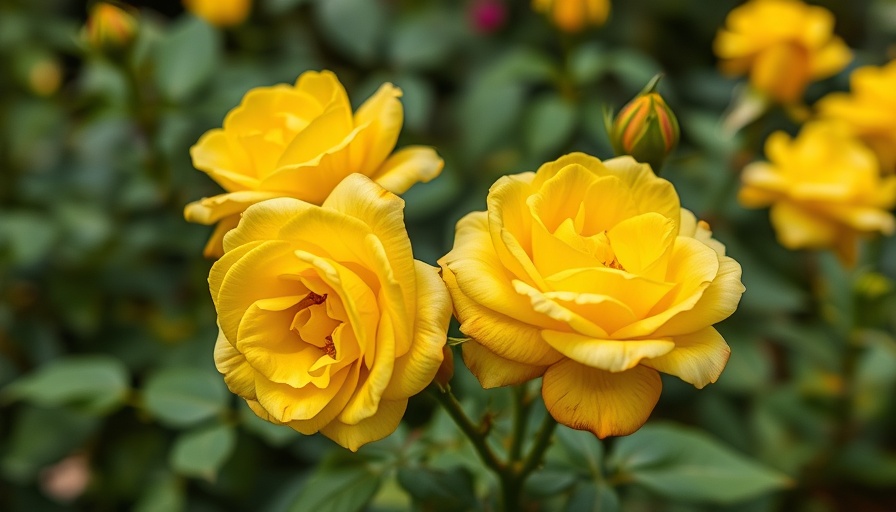
Understanding Iron Deficiency in Roses
I know that gardening is a delightful journey, yet it can also be fraught with challenges, especially when plants don’t seem to thrive. Roses, adored for their beauty, require specific nutrients to blossom fully. Among them, iron is a crucial micronutrient needed for various physiological processes, particularly chlorophyll production. Understanding the importance of iron in your roses will empower you to recognize and remedy deficiencies swiftly.
Recognizing Symptoms of Iron Deficiency
Roses typically display symptoms of iron deficiency through the new leaves. You'll notice that young leaves develop green veins while the remaining leaf tissue turns vibrant yellow. This condition, known as chlorosis, signals that your roses are not producing enough chlorophyll. It’s essential to catch these signs early to ensure your roses stay healthy throughout their growing season.
Common Causes of Iron Deficiency in Roses
Why does iron deficiency occur? The primary reasons include soil composition that locks iron away from plant roots, incorrect pH levels, and improper watering practices. For instance, alkaline soils often hinder iron absorption. Additionally, overwatering may saturate the roots, preventing iron uptake. Ensuring that plants have their iron needs met is a necessary step towards vibrant blooming.
Treating Iron Deficiency: The Steps to Recovery
Addressing an iron deficiency can be straightforward. First, conduct a soil test to determine the pH level and other minerals present. If the soil is too alkaline, consider using organic solutions like chelated iron supplements or iron sulfate. Applying these remedies can help restore balance quickly. Furthermore, adjusting your watering technique, ensuring that plants receive adequate water without oversaturation, can enhance nutrient absorption. This may be as simple as employing drippers or watering deeper but less frequently.
The Benefit of Organic Practices
Opting for organic gardening methods not only protects your roses but encourages a healthier ecosystem in your garden. Using organic fertilizers enriched with iron can help improve nutrient availability over time. Not only do these strategies nurture the soil and encourage beneficial microorganisms, but they also support long-term plant health. Your roses will thank you with a bountiful bloom, vibrant in color and fragrance.
Future Predictions: What’s Next for Your Gardening Journey?
As we move towards more sustainable gardening practices, the focus on nutrient health becomes critical. Implementing crop rotation and companion planting can significantly enhance garden biodiversity, which contributes to nutrient richness in the soil. As more gardeners embrace these eco-friendly methods, the beauty of roses—and all garden plants—will flourish, depicting resilience against pests and diseases.
Taking Proactive Steps with Garden Maintenance
Don’t wait until your roses showcase signs of distress. Periodic soil testing and proactive amendments can prevent iron deficiencies before they emerge. Consider mulching, which not only retains moisture but fosters healthier soil ecosystems. Additionally, integrating compost into your garden maintenance routine can significantly improve soil structure and nutrient content.
Conclusion: Invest in Your Garden’s Health
By recognizing the signs of iron deficiency and understanding corrective measures, your roses can thrive beautifully year-round. Start your gardening journey with a focus on nutrition, and you’ll see the dividends paid off in vibrant blooms and overall plant health. Whether you’re planting roses for the first time or seeking to improve your green thumb, the right practices can transform your flower garden into a splendid oasis.
Your roses deserve a garden to thrive in; start implementing these strategies today and watch your care bring them to life!
 Add Row
Add Row  Add
Add 




Write A Comment